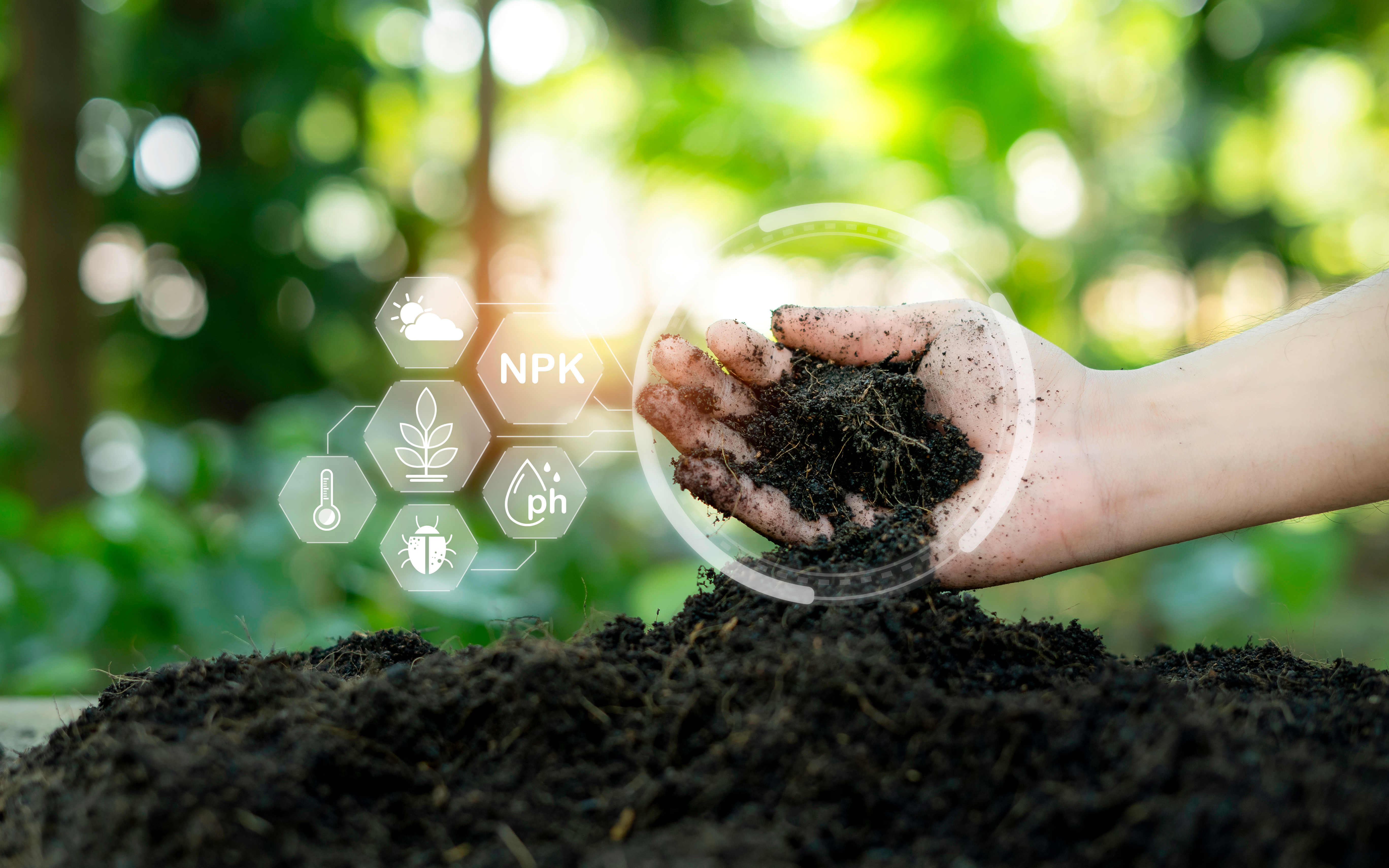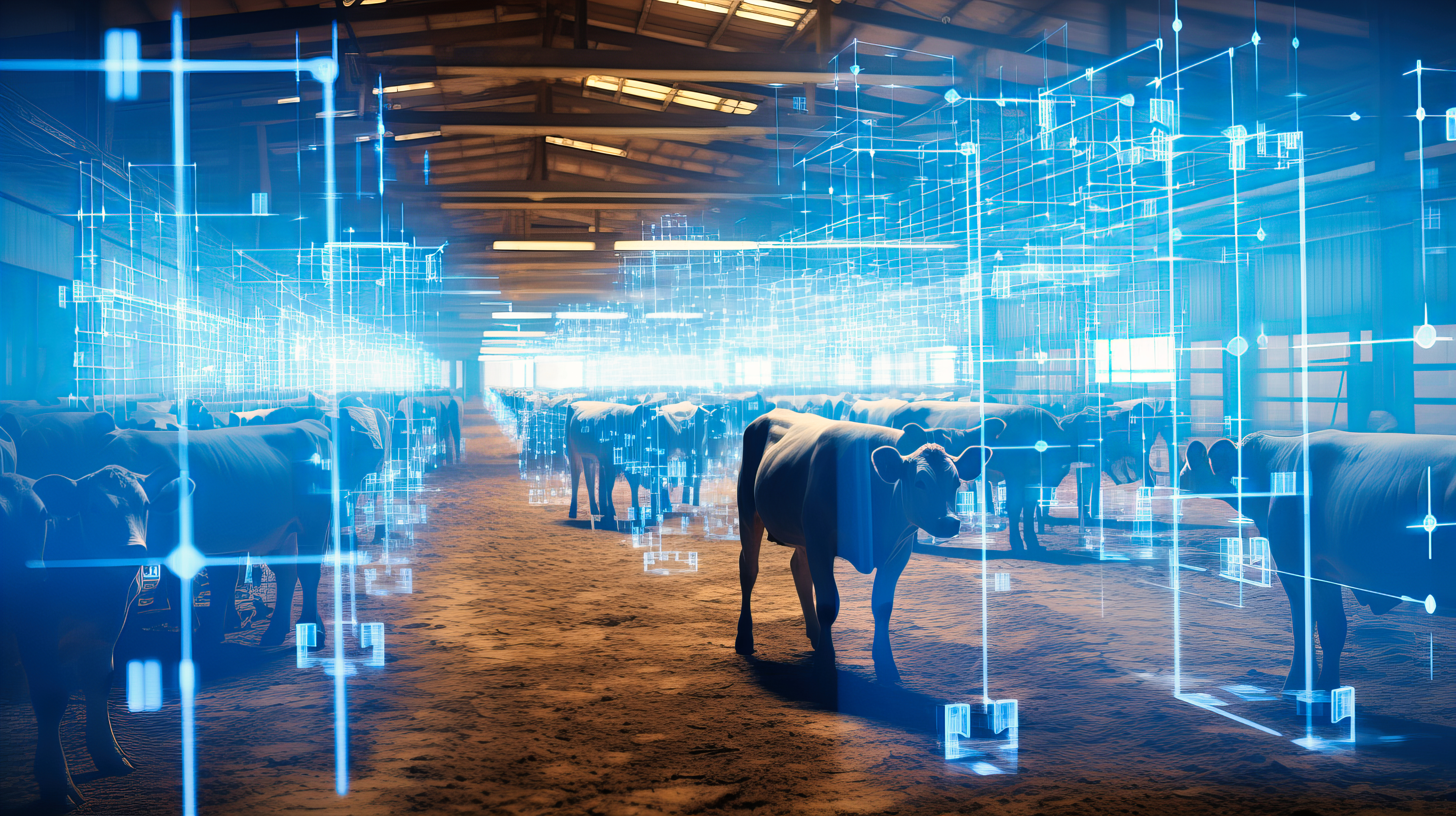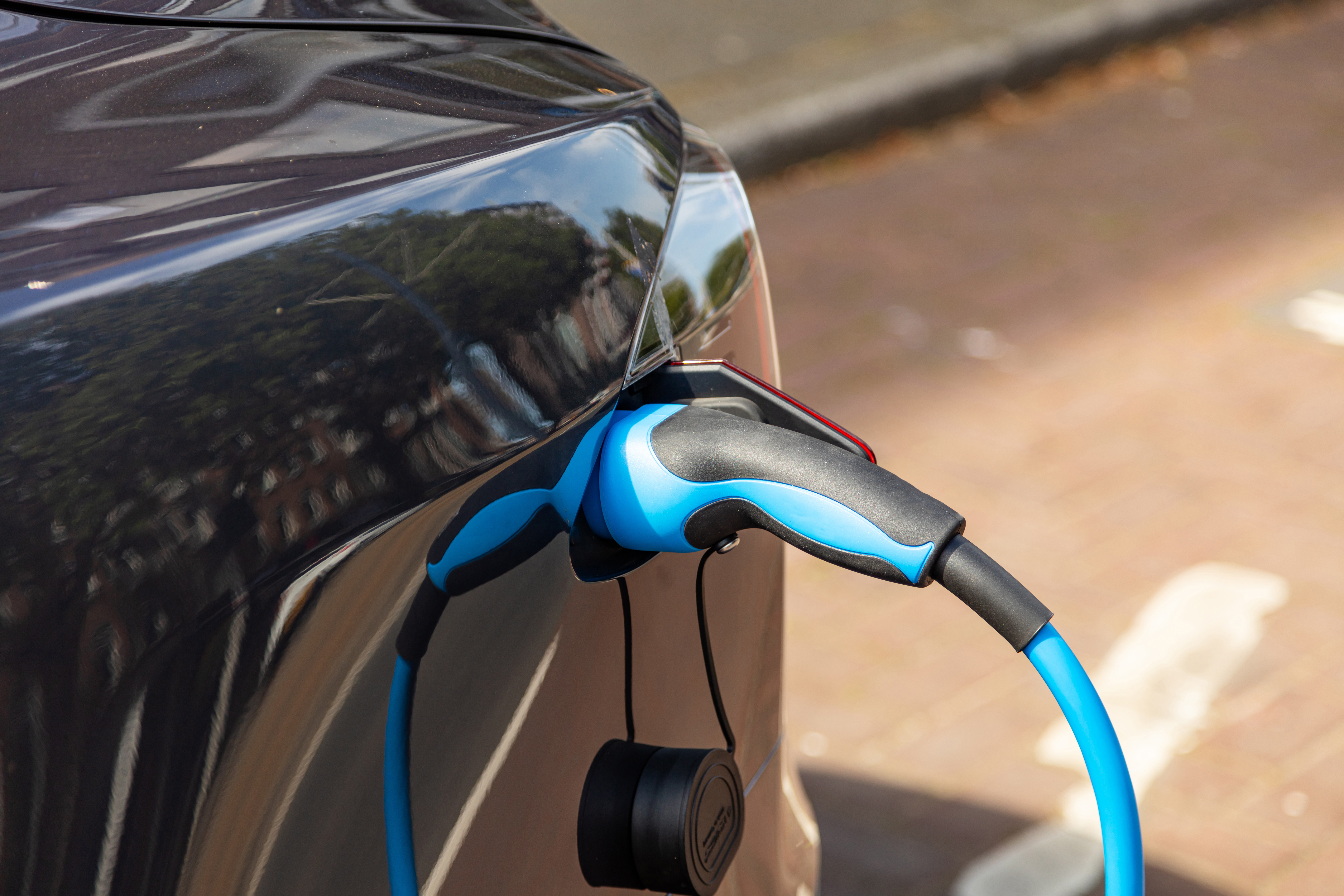Smart Home and City Automation
To alleviate the pressure of the ever-increasing population on infrastructure, cities, buildings, and homes must become smarter. That’s where TinyML (Tiny Machine Learning) and artificial intelligence (AI) technologies come into play. In this new era of smartness, urban environments, as well as municipal, commercial, and residential buildings, will be increasingly interconnected and linked to the cloud to optimize resources and improve the quality of life for residents as much as possible.
Through practical applications of TinyML, machine learning, and AI, we can achieve the following:
- Smart lighting systems can automatically adjust brightness based on actual needs and even optimize based on weather conditions, reducing energy waste and improving the comfort of the nighttime urban environment.
- Efficient power and energy management can better manage power distribution and reserves by using machine learning algorithms to monitor and predict electricity demand, ensuring stable power supply for cities and reducing energy waste.
- Public transportation can achieve a smarter system through AI and machine learning, including smart traffic lights and optimizing the arrangement of lines and vehicles to reduce traffic congestion.
- Waste collection can be made smarter through smart trash cans and garbage trucks, optimizing waste collection routes through machine learning algorithms to reduce fuel consumption and mileage, and lowering the city’s carbon footprint.
- Smart home appliances can learn the habits of residents, automatically adjust temperature, lighting, and security systems, and provide a more comfortable and safer living environment.
To help engineers envision and design innovative products that contribute to making cities and homes smarter, Nuvoton offers the broadest range of products, including NuMicro® microcontrollers, MEMS motion and environmental sensors, and efficient power and energy management ICs with wireless connectivity applications. These hardware and software tools can help developers realize the above-mentioned smart applications, making cities smarter, more efficient, and more livable to meet the needs of the ever-growing urban population.
| Applicable development board | |
|---|---|
|
NuMaker-HMI-MA35D1-S1 |
1. Object Detection Example: Smart Parking System A camera monitors a parking lot or garage, and the MA35D1 processes the image data to detect vacant parking spaces.
2. Object Classification Example: Smart Waste Sorting A camera is installed at a waste recycling point, and the MA35D1 processes the captured images of waste items, automatically classifying them as recyclables, organic waste, and non-recyclables.
3. Real-time Recognition Example: Smart Street Surveillance Cameras are mounted on city streets, and the MA35D1 processes the image data to recognize and monitor street activities, such as pedestrian flow and traffic conditions, in real time. |
|
NuMaker-M55M1 |
In smart homes and city automation, the M55M1 development board's powerful performance and versatility empower advanced functionalities like object detection, object classification, and real-time recognition. These capabilities are crucial for enhancing the intelligence and automation of living environments.
Leveraging the M55M1 board's high-speed processing capabilities and built-in neural network accelerator, real-time object detection becomes a reality in smart home environments. Coupled with high-resolution cameras, the system can identify and track people, pets, or other objects of interest within the home. This object detection capability in a security surveillance system can recognize suspicious activities or intrusions, triggering timely alerts.
2. Object Classification The M55M1 board's robust computing power enables it to handle complex object classification tasks. In smart home applications, this translates to the system's ability to recognize and classify family members, pets, and visitors, enabling a personalized home control experience. For example, the system can automatically adjust room lighting and temperature based on the preferences of the identified family member.
3. Real-Time Recognition Real-time recognition is at the heart of smart homes and city automation, and the M55M1 board excels in this aspect. It can process data from multiple sources in real time, including video streams, audio signals, and various sensor data, to instantly recognize environmental changes. For instance, a smart home system can recognize activities in the home, such as someone entering or leaving a room, and automatically adjust lighting, music, or security systems based on this information. |





